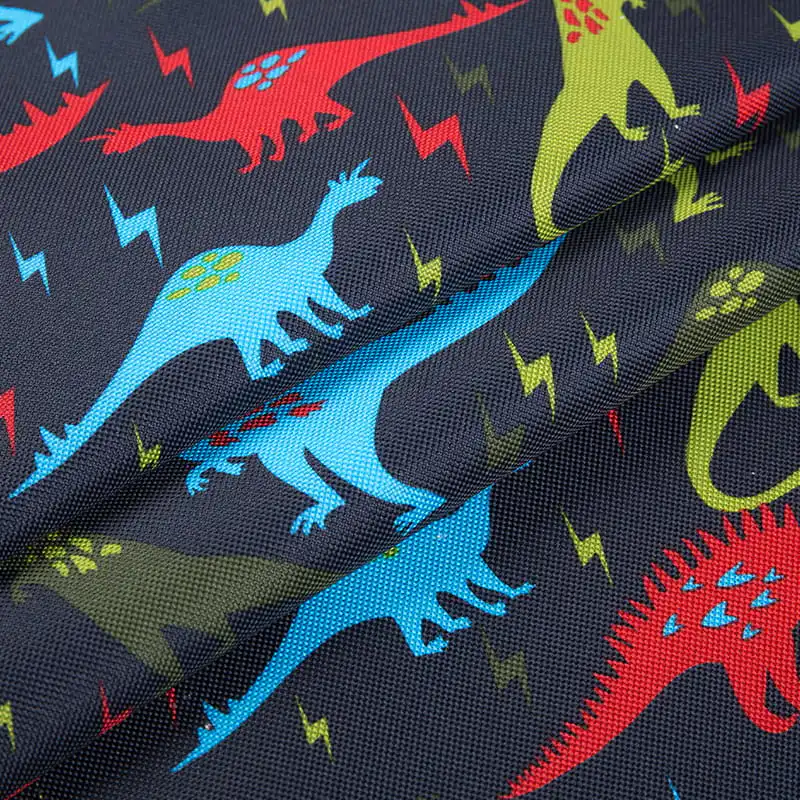
The durability of thermal printing fabric can vary depending on several factors, including the quality of materials used, the application process, and the care taken after printing. However, in general, properly executed thermal printing on fabric can result in designs that are relatively durable and resistant to wear, fading, and washing.
Here are some key points to consider regarding the durability of thermal printing fabric:
Quality of Materials: The type and quality of the heat-sensitive ink or dye used for thermal printing play a significant role in determining the durability of the printed design. High-quality inks are designed to bond effectively with the fabric fibers and resist fading and cracking over time.
Fabric Selection: The choice of fabric is crucial for durability. Fabrics with tight weaves and smooth surfaces tend to yield better results, as they provide a more stable surface for the ink to adhere to. Natural fibers like cotton and synthetic fibers like polyester are commonly used with thermal printing.
Heat and Pressure Application: Proper application of heat and pressure during the thermal printing process is essential. The heat activates the ink or dye, causing it to transfer from the carrier paper to the fabric. If the heat and pressure are not applied evenly, the design may not adhere properly, leading to potential durability issues.


Washing and Care Instructions: The printed fabric should be treated with care during washing and handling. Follow the manufacturer's care instructions to ensure the longevity of the printed design. Washing with gentle detergents in cold water and avoiding abrasive washing techniques can help maintain the print's quality.
Color Fastness: Color fastness refers to the ability of the printed colors to resist fading when exposed to external factors like sunlight, washing, and friction. High-quality thermal printing inks are designed to have good color fastness, but the actual performance can vary based on the specific ink and fabric combination.
Environment and Usage: The environment in which the printed fabric is used can impact its durability. For example, outdoor fabrics might need to withstand exposure to UV radiation and weather conditions, which could affect their longevity.
Professional Printing vs. DIY: Professional thermal printing services often use commercial-grade equipment and materials, resulting in more durable prints. DIY thermal printing using home printers might have slightly different results based on the printer's capabilities and the quality of the thermal transfer sheets used.



 English
English Español
Español










